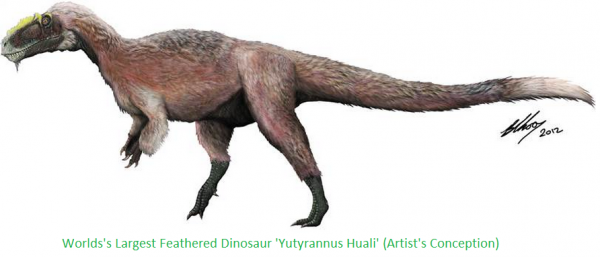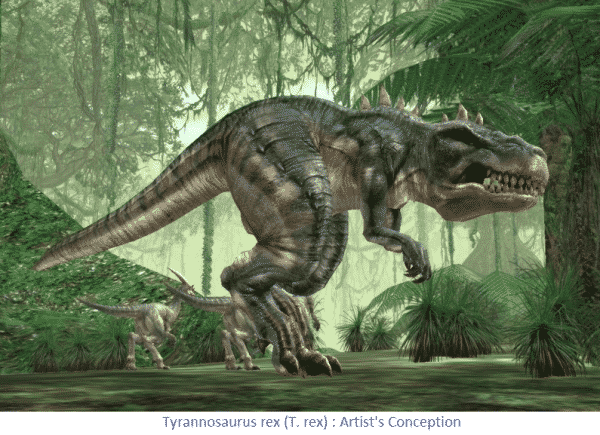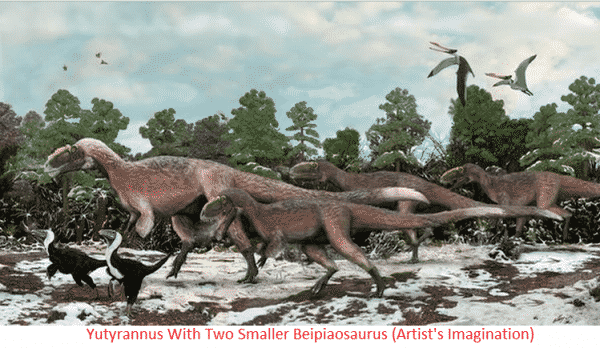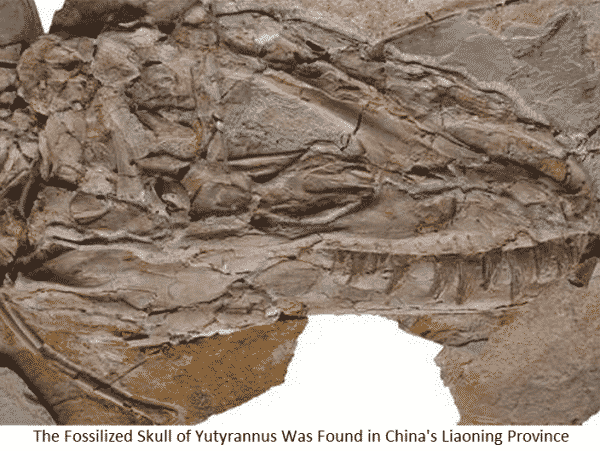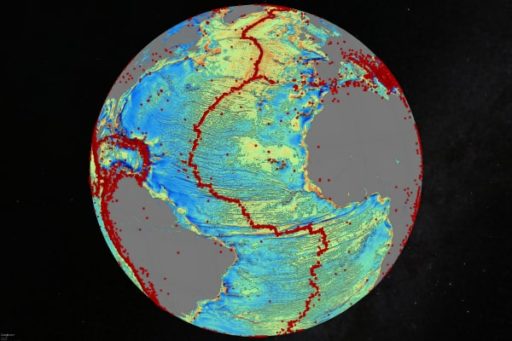We believe, once upon a time there was a lot of dinosaurs in the world. But they have already perished long millions of years ago. Now it’s even hard (or you can say quiet impossible) to find anything of their body. But recently few scientists have discovered fossils of dinosaur in China’s Liaoning Province. These dinosaurs lived in the world 125 million years ago. And they had large feathers. Scientists believe that, this is the largest feathered dinosaur ever found.
Earlier of this discovery, scientists and archaeologists discovered fossils of another dinosaur. They named that dinosaur ‘Tyrannosaurus rex’ (T. Rex). According to scientists and archaeologists, T.Rex used to live in the world 60 million years ago. But these dinosaurs had normal feather as like feathers found in normal animal like sheep, goat etc. Long time after T. Rex discovery, some scientists and archaeologists joined together for searching something new of a dinosaur.
A group of researchers including a Canadian and a graduate student from the University of Alberta based in Beijing have discovered a new type of dinosaur. They call this dinosaur ‘Yutyrannus huali.’ Yutyrannus huali means ‘beautiful feathered tyrant.’ Researchers believe that, this dinosaurs were covered with large hairy bristles of sorts, which is not like T.Rex. According to the researchers, this is the largest feathered dinosaur that they have found ever. These Yutyrannus huali used to live in our world 125 million years ago.
Researchers analyzed 3 well-preserved fossil skeletons. One was the fossil skeleton of an adult dinosaur and two were the fossil skeleton of juveniles (baby dinosaur). They found, these dinosaurs had very long feathers on their neck and arm. Though scientists are not sure but they suspect, these species had enormous large feathers over its whole body. The calculation says, adult Y. huali (Yutyrannus huali) dinosaur was 30 feet (9 meters) long, weighed about 1.5 tons (1,400 kilograms) and its feathers were 6 to 8 inches (15 to 20 centimeters) long. The two juveniles were a mere half-ton each.
“It’s possible that we’ll be able to tell you at some point what colour this thing was,” Sullivan, a Kitchener, who works at the Institute of Vertebrate Paleontology and Paleoanthropology, at the Chinese Academy of Sciences said.
“This is a great time to be a dinosaur paleontologist,” said Dr. Norell, whose research concentrates on fossils from China and the Gobi Desert of Mongolia. “The feathered dinosaurs show how the whole conception of dinosaurs has really changed in the last 15 years.”
Source : National Geographic
[ttjad]

